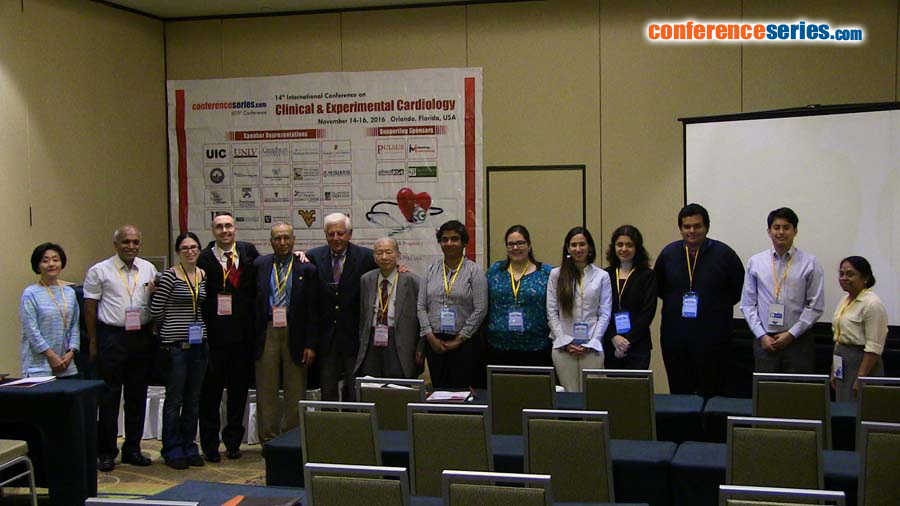
Manuela Stoicescu
University of Oradea, Romania
Title: The unusual cause of dangerous arrhythmias at the young- Original case report
Biography
Biography: Manuela Stoicescu
Abstract
The main objective of this clinical case presentation was to found the real cause of dangerous arrhythmias (frequents premature ventricular bates polymorphic, polytope and repeated passes of none sustained ventricular tachycardia) at a young patient. I present the clinical case of a young woman patient 21 years old, who came at the consultation for irregular palpitations after increase physical effort–mountain climbing-her favorite sport activity. At the objective examination were found irregular heart bates HR=98bates/min, without murmur heart or added sounds, BP=150/90mmHg, normal vesicular breath sound on the lung. The EKG showed: sinus rhythm, HR=98bates/minutes, many premature ventricular bates looks polymorphic, polytope and a short pass of a non sustained ventricular tachycardia (less than 30 seconds). The patient was monitored and followed antiarrhythmic therapy with xilin iv bolus 1mg/kg body and after that double dose of xilin 1% i.v. in perfusion during the first 24 hours with disappears of the dangerous arrhythmias and after that remain on beta-blocker therapy- Carvedilol 6, 25 mg daily. In the first instance these dangerous arrhythmias were put in context of increase physical effort. The usual laboratory tests and the specific cardiac enzymes: Troponin I and CPKMB were in normal range and was excluded a heart attack. The levels of TSH, Free T3, FreeT4 were normal and the thyroid ultrasound - normal, excluding a possible thyroidal disease(hyperthyroidism-Basedow Graves disease or toxic thyroid adenoma and cardiothyreosis The level of electrolytes (potassium, magnesium, calcium, sodium, chloride) were normal so a dyselectrolytemia was excluded like a cause of these dangerous arrhythmias. A Holter monitor(24h) was performed and put in evidence, unexpected, two short passes of non sustained ventricular tachycardia (less than 30 seconds) and a few premature ventricular bates polymorphic and need iv. antiarrhythmic therapy again with good evolution of the patient and remain on Carvedilol 6,25mg (2X1tb/daily) with good control of these. Transthoracic echocardiography put in evidence unexpected a solid mass inside of the left ventricular cavity. This unexpected formation put problem of differential diagnosis regarding the etiology: a thrombus? a vegetation formation but this must to be present on a valve in endocarditis not in this area, a cyst? a tumor formation? Transesophageal echocardiography (TEE) showed the same solid mass inside of the left ventricular cavity. The patient was referred to the Cardiovascular Surgery Department. The formation was removed from the left ventricular cavity and the result of the histhopathological examination confirmed safe the diagnosis of ventricular myxoma. The atrial myxoma is common in medical literature, but rare. Ventricular myxoma is very uncommon, rare and sometimes can develop so dangerous arrhythmias like repeated passes of ventricular tachycardia and also premature ventricular bates polymorphic and polytypic and can put in danger patent’s life because of risk of degeneration in ventricular fibrillation and cardiac arrest. Conclusion: sometimes, rare, un unknown ventricular myxoma could be the real cause of dangerous arrhythmias in the young and must to be removed.


